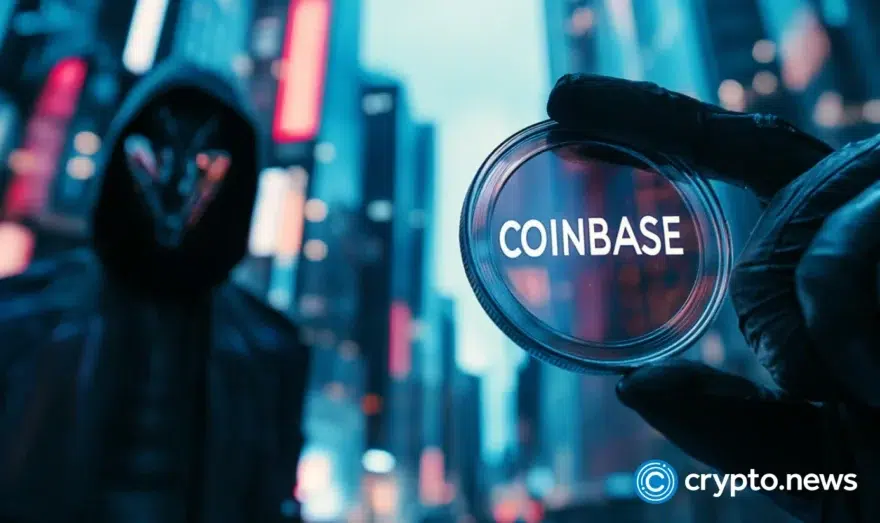Is a True “Stablecoin” Cryptocurrency Possible?

Day traders love cryptocurrency because of its constant, rapid price swings. Fortunes can indeed be won and lost in much the same way as a casino. While traders may love the volatility, it could prove to be more of a hindrance to mass adoption than a benefit. Is it possible to create a genuinely stable cryptocurrency, or is it just a pipe dream?
What is a “Stablecoin”?
The term stablecoin is used to describe a cryptocurrency that is immune to, or at least highly resistant to price swings and volatility. In the words of Hackernoon author Haseeb Qureshi in an article about stablecoins, cryptocurrency “cannot be an effective store of value if [its] price fluctuates by 20 percent on a normal day.”
The idea behind creating a stablecoin is to allow ordinary people to get paid in cryptocurrency, spend it, and get all the advantages that crypto offers without all of the risks. While this sounds like a compelling idea, how would it be done?
The most well-known attempt at creating a stablecoin, the US Dollar Token (USDT) by Tether has been mired in controversy and suspicion in recent months. Tether promises that their currency is essentially an IOU for one US dollar. Some pundits have even suspected that Tether is not maintaining an equal amount of US dollar reserves, and may be operating on a fractional reserve basis.
What are the possible options for creating a highly stable and volatility resistant cryptocurrency?
Making a Stablecoin
In the Hackernoon piece, Qureshi offers a few possibilities for how a stablecoin could be created. He notes that each one has its unique advantages and disadvantages, and no single solution is perfect.
The first, and arguably most apparent solution is to create a cryptocurrency that is backed by, and consequently pegged to a major fiat currency. Essentially what Tether is supposed to be. While this idea is simple and logical, it is potentially prone to manipulation. Further, it requires huge reserves of fiat currency, making them difficult to create.
The second is to create a cryptocurrency that is collateralized and backed by one or more other cryptocurrencies. Qureshi describes a possibility for creating an Ethereum-backed cryptocurrency, where $200 worth of Ethereum is used to develop 100 stablecoin tokens that are each worth $1. The idea is that even if Ethereum experienced a downward slide in price, the stablecoin is supported by over-collateralized reserves.
The third, and perhaps most controversial is to attempt to create a stablecoin that is backed by, and pegged to nothing but itself. Qureshi describes an idea for a cryptocurrency called “Seignorage Shares.” The idea is that the currency is completely controlled by a smart contract that can affect the market in a way to stabilize the price to a specific target. For instance, if the price is too high, the smart contract could “mint new coins and then auction them on the open market, increasing supply until the price returns to $1.” Conversely, if prices dropped too much, the smart contract could begin buying up tokens until prices started rising again.
While interesting, such a scheme is not immune to extreme market pressure. Qureshi writes that such a system “can absorb some amount of downward pressure for a time, but if the selling pressure is sustained for long enough, traders will lose confidence that shares will eventually pay out. The market pressures will further push down the price and trigger a death spiral.”
While today a true, wholly trustworth and non-controversial stablecoin seems more like a mirage than a solid reality, it seems inevitable that at some point stablecoins will become a firm reality. The only question is, when will one appear?












